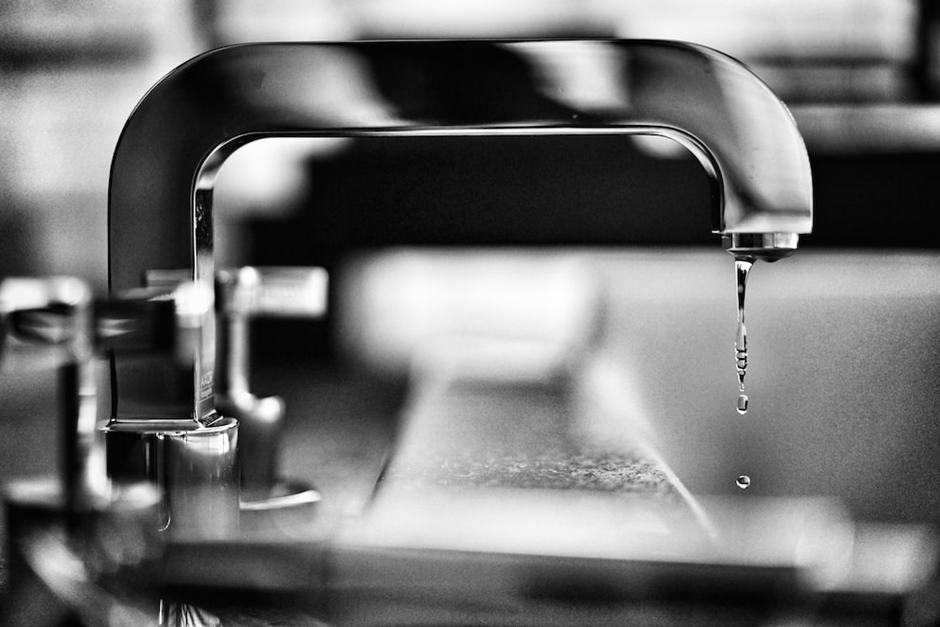The housing market recently experienced a wild ride, primarily characterized by rising home prices and low inventory. Due to the high prices, current homeowners prefer maintaining their current homes instead of moving.
Developers and home renovation experts should be wary of various trends in the construction industry, mainly because potential homebuyers are looking for their forever homes. Plumbers, like manufacturers and developers, should understand the end-user and their preferences. Plumbers working with homeowners should work with architects and designers closely during installations. Below are a few plumbing trends for 2023.
1. Increasing adoption of smart technologies
Unlike before, modern homeowners mainly comprise millennials, who prefer controlling their household installations from their smartphones. Technology has allowed homeowners to regulate indoor temperatures, create a grocery list, and watch their home’s security from their smartphones.
Millennial homebuyers prefer working with plumbers who offer high-tech solutions and integrations. This explains why the demand for plumbers providing solutions that leverage technology, such as water leak detection systems, keeps rising. Other smart plumbing systems that are in demand include:
- Smart shower heads – Voice-activated shower heads allow homeowners to program and dictate their preferred water and steam temperatures.
- Smart toilets – These have motion sensors that automatically open and self-clean the toilet bowl after use.
- Voice-activated faucets – You can use voice commands to switch taps on and off.
- Wi-Fi water filtration system – Allows homeowners to track their water filtration systems from their smartphones. You can also turn off the water remotely if there are leaks.
- Smart irrigation systems – Use data from weather forecasts to control irrigation systems.
Plumbers should adapt to the rapidly changing technology and identify how to better their services to remain competitive.
2. Increase in demand for eco-friendly options
Eco-friendly plumbing solutions and fixtures are a big part of modern customer preferences. Homeowners and developers are increasingly becoming aware of the costs of unregulated water usage and looking for ways to reduce financial costs and environmental footprint.
This explains the increasing demand for energy-efficient plumbing systems like tankless water heaters and low-cost greywater recycling systems. That aside, the demand for solar water heaters is poised to grow by 8.1% by 2025.
3. Shortage of skilled labor in the plumbing industry
Shortage of skilled labor is another trend in plumbing that doesn’t seem to be passing. Despite the boom in the plumbing sector, talent or labor shortage is a big problem. Unfortunately, labor shortage might become a long-standing issue, with more experienced plumbers reaching retirement age. According to BLS, there will be an estimated 48,600 plumbing jobs in the next decade. Similarly, 25% of skilled plumbers will reach their retirement age.
Endnote
Millennials and Gen Z currently make up a third of total homebuyers. This tech-savvy generation has unique buying behavior, and specific preferences, are concerned about the environmental footprint, and are picky about their service professionals. Modern customers also expect personalized services, specifically responses to smart commands. Other noteworthy trends include the increasing importance of digital marketing and the effectiveness of online reviews for marketing plumbing services.

